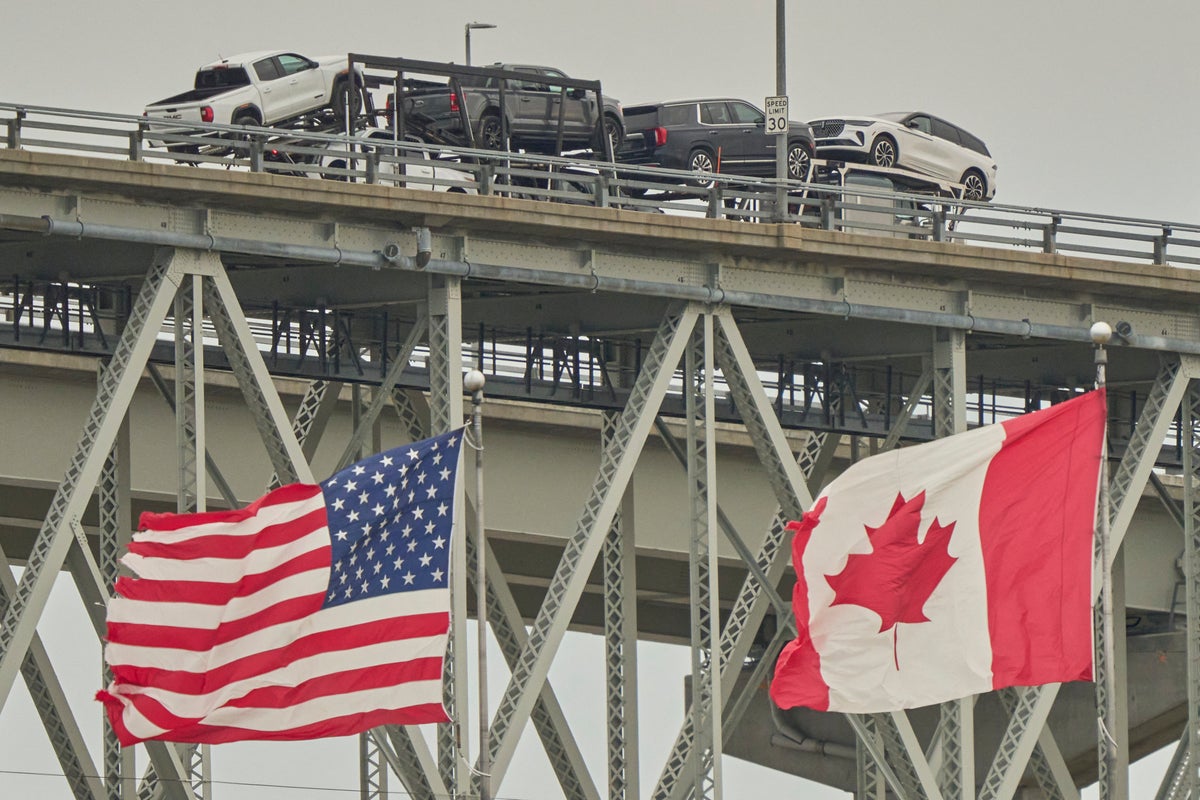The decline in the number of Canadians traveling to the U.S. continued in April with even further drops in car and air travel.
New figures from Statistics Canada reveal that the number of Canadians driving to the U.S., which is the preferred mode of transport for the majority of Canadians who visit, dropped by 35 percent in April compared to the same period last year. Similarly, there was a 20 percent decrease in air travel compared to April 2024.
Canadian travel to the U.S. has now dropped four months in a row after 32 percent and 23 percent drops in car travel in March and February, while air travel dropped 14 percent and 2.4 percent during those months, respectively, Forbes noted.
Just a 10 percent drop in Canadian tourism could lead to $2.1 billion in lost spending and put 140,000 jobs at risk, according to the U.S. Travdel Association.
Fewer Americans also traveled to Canada last month, with car trips decreasing 11 percent and air travel 6 percent, Statistics Canada data showed.
The U.S. is experiencing a significant decrease in international travel so far this year. Canadians make up the largest group of foreign tourists to the U.S., accounting for roughly a quarter of all foreign visitors, according to the U.S. National Travel and Tourism Office (NTTO).

Mexico comes next on the list. However, 23 percent fewer people traveled to the U.S. from that country in March compared to last year.
That same month, the number of tourists coming from almost every region of the world to the U.S. decreased. Seventeen percent fewer came in from Europe, travel from the Caribbean was down 26 percent, travel from Central America decreased 24 percent, and 11 percent fewer people came to the U.S. from South America. In addition, 10 percent fewer came to the U.S. from Africa, travel from Oceania dropped 8 percent, and travel from Asia dropped one percent, according to the NTTO.
The USTA estimates that the U.S. stands to lose $1.8 billion in travel-related export revenue each year for every one percent drop in spending by international visitors. If travel to America continues to decrease, the U.S. could lose out on at least $21 billion in travel exports.
The Canadian travel boycott of the U.S. began in early February after President Donald Trump revealed that he was set to impose tariffs on the country. He also threatened to annex Canada by calling it the 51st state and referred to then-Prime Minister Justin Trudeau as “governor.”
Trudeau urged his people not to travel to the U.S. before leaving office in March. There are also fears among some Canadians of being wrongfully detained by U.S. immigration officers.
Canadians, however, haven’t stopped traveling; they’re simply not going to the U.S.
During a first-quarter earnings call, the chief executive officer at Booking Holdings, Glenn Fogel, said, “Canadians are traveling less to the U.S., but we see them more traveling to Mexico at this moment.”
“We are agnostic to where [Canadians] are traveling because usually they’re spending the same amount, just at another destination,” he added.
“We see Canadians are traveling at a much lower rate to the U.S., but they’re traveling more domestically, they are traveling to Mexico, they are going to Brazil, they’re going to France, they’re going to Japan … they are just choosing different destinations,” the chief financial officer at AirBnb Ellie Mertz told investors, according to Forbes.



